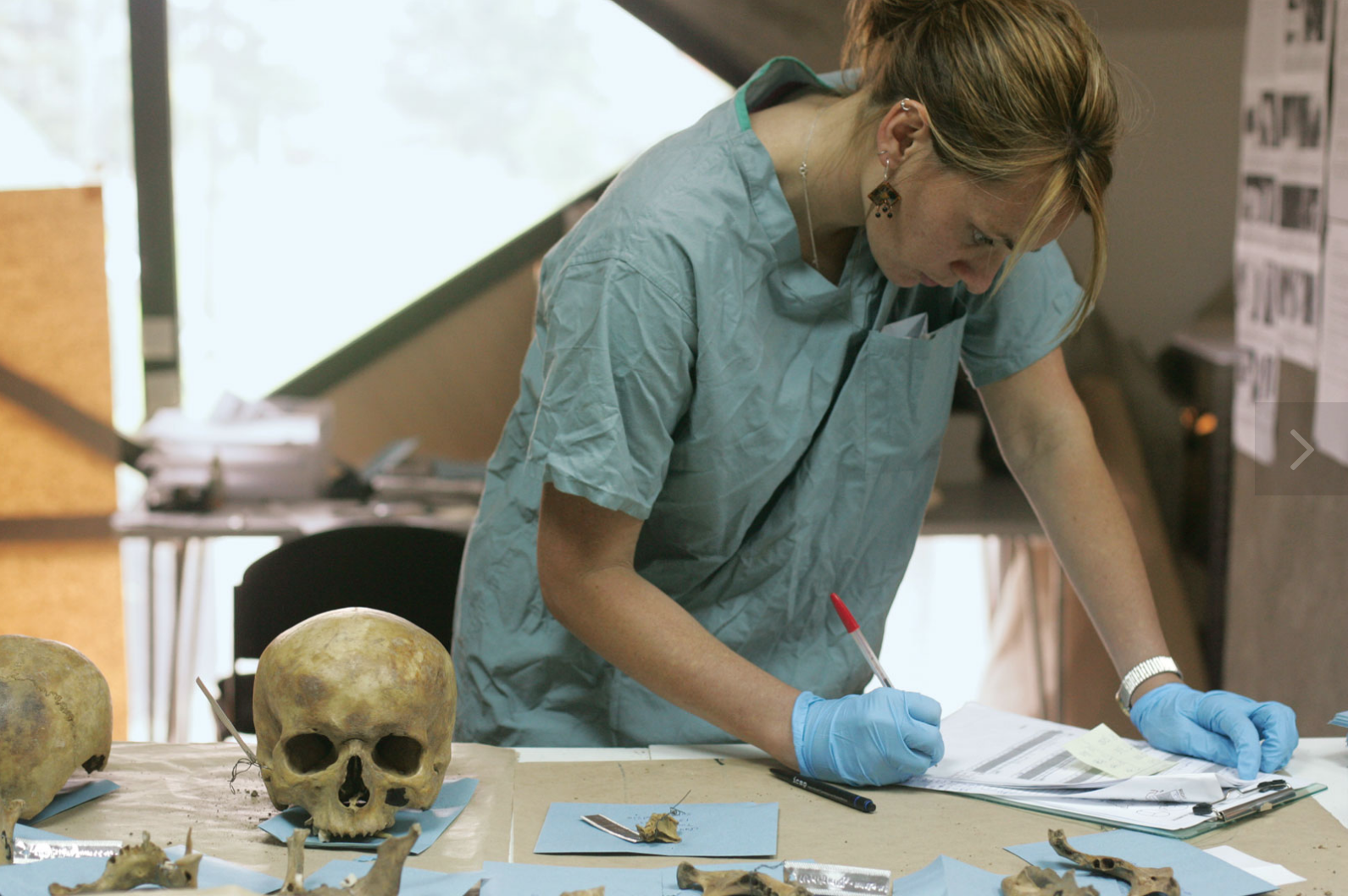Forensic anthropology is a specialized field at the intersection of anthropology and forensic science, dedicated to the recovery and analysis of human skeletal remains in legal contexts. This discipline plays a pivotal role in criminal investigations, humanitarian efforts, and the identification of victims in both contemporary and historical incidents. Understanding the varied dimensions of forensic anthropology is essential, as it incorporates numerous methodologies, techniques, and applications.
The origins of forensic anthropology can be traced back to the early 20th century when pioneers in physical anthropology began applying their expertise to forensic cases. Today, this field has evolved significantly, utilizing advanced technology and interdisciplinary collaboration to achieve forensic goals. This evolution has led to the emergence of various sub-disciplines within forensic anthropology, each focusing on different aspects of human remains and their associated contexts.
Among the primary roles of forensic anthropologists is the analysis of skeletal remains to ascertain the identity, age, sex, ancestry, and stature of unidentified individuals. To achieve this, forensic anthropologists employ a variety of morphological and metric techniques. Morphological analysis involves examining the general shape and features of bones, while metric analysis focuses on precise measurements of skeletal elements. This dual approach enables forensic anthropologists to construct a biological profile that is crucial for the identification process.
Another essential aspect of forensic anthropology is the determination of the time since death, commonly referred to as postmortem interval (PMI). Estimating PMI requires a comprehensive understanding of decomposition processes, environmental factors, and the context in which the remains were discovered. Forensic anthropologists study factors such as insect activity, temperature, and humidity, all of which can influence the rate of decay. This intricate knowledge allows practitioners to provide valuable insights into the circumstances surrounding a death, which is vital for legal proceedings.
In addition to identification and PMI estimation, forensic anthropology often involves the recovery of remains from various environments. The process of locating and excavating skeletal remains is critical. Forensic anthropologists must become adept at field recovery techniques; they often work closely with law enforcement and archaeological teams to ensure that evidence is collected systematically and preserved adequately. The excavation process can be complex, depending on the location and condition of the remains, requiring careful planning and execution to maintain the integrity of the scene.
Furthermore, forensic anthropology is not solely confined to criminal cases. It has broader applications in the realm of human rights and humanitarian efforts. In contexts where mass graves are uncovered or when individuals go missing during conflicts, forensic anthropologists play a crucial role in victim identification and the return of remains to families. This work often involves international cooperation, and forensic anthropologists may travel to various countries to assist in the identification of victims and provide closure to grieving families. This dimension of forensic anthropology underscores its importance not only in law enforcement but also in promoting justice and human dignity.
Moreover, the role of forensic anthropologists extends into courtroom proceedings, where they are tasked with providing expert testimony. Their responsibility is to translate complex scientific findings into understandable terms for legal professionals and juries. This requires a strong grasp of both the scientific principles underpinning their work and the legal framework in which they operate. Effective communication is paramount; forensic anthropologists must clearly articulate their methodologies, findings, and their implications regarding the case at hand. This integration of science and law underscores the interdisciplinary nature of forensic anthropology.
As technology continues to advance, forensic anthropology is poised to benefit from new tools and techniques that enhance the identification and analysis of human remains. The advent of three-dimensional imaging, DNA analysis, and isotopic testing allows for unprecedented insights into an individual’s life history and geographic origin. Such technological innovations not only improve the accuracy of forensic analysis but can also expedite the identification process, which is often crucial in time-sensitive investigations.
Education and training in forensic anthropology are essential for those pursuing this field. Typically, forensic anthropologists hold advanced degrees in anthropology, forensic science, or a related discipline. Specialized training often includes fieldwork, internships, and coursework in anatomy, archaeology, and forensic methodologies. Organizations like the American Board of Forensic Anthropology provide certification, which can enhance the credibility and professionalism of practitioners in this field.
The ethical considerations surrounding forensic anthropology are another critical area that practitioners must navigate. The treatment of human remains, consent, and cultural sensitivities are paramount in all forensic work. Forensic anthropologists must conduct their analyses with respect for the deceased and their families, ensuring that all actions align with ethical guidelines and legal standards.
In light of the multifaceted nature of forensic anthropology, it is evident that this discipline plays a vital role in modern society. From aiding in criminal justice to providing closure for families of missing individuals, forensic anthropology bridges the gap between science and law, demonstrating the profound impact of skeletal analysis on real-world issues. Its unique contributions, informed by a combination of historical context, ethical considerations, and the latest technological innovations, underscore the enduring importance of this field in addressing the complexities associated with human remains in both legal and humanitarian frameworks.
